Lomography has brought the film community another treat. Say hello to the adorable Lomomatic 110 camera!
35mmc obtained a loaner copy of this camera for review so we are going to be going through it today and sharing a few sample images with you. The camera was a lot of fun to shoot and carry around. It weighs hardly anything, making it easy to slip into a pocket or bag or anything as an everyday carry.
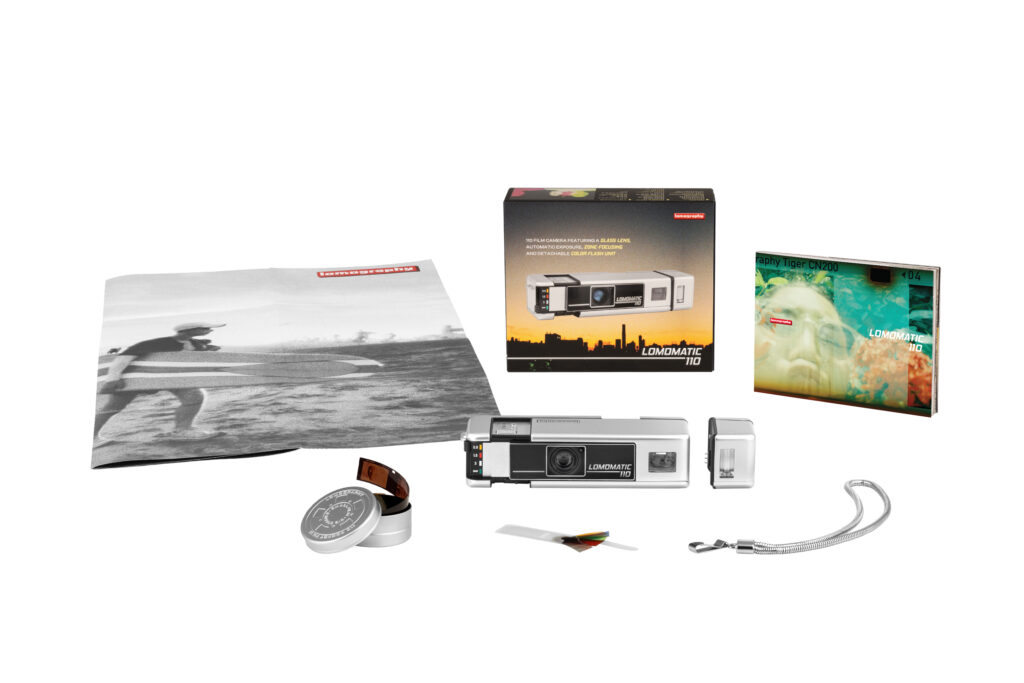
I had the chance to shoot this camera in late February, early March time, which means maple season in New England. Many of the photos from this roll were spent documenting my parent’s first maple syrup-making attempt!

Lomomatic 110 Features and Functions
Let’s start with the basics. This camera shoots 110 film which Lomography still makes available today! There are various types available including colour and black and white. Lomography even made their experimental LomoChrome films in 110 including Color ‘92. The film I shot for this review was Tiger 200. However, I’ll say my favourite 110 film is the black and white Orca option.
The camera comes in two different styles, a silver and a ‘golden gate’ edition. The silver has a metal body and rings in at $159 (USD). Meanwhile, the Golden Gate is plastic and a nice design for those that prefer a little more colour or perhaps a cheaper price tag at $119 (USD).
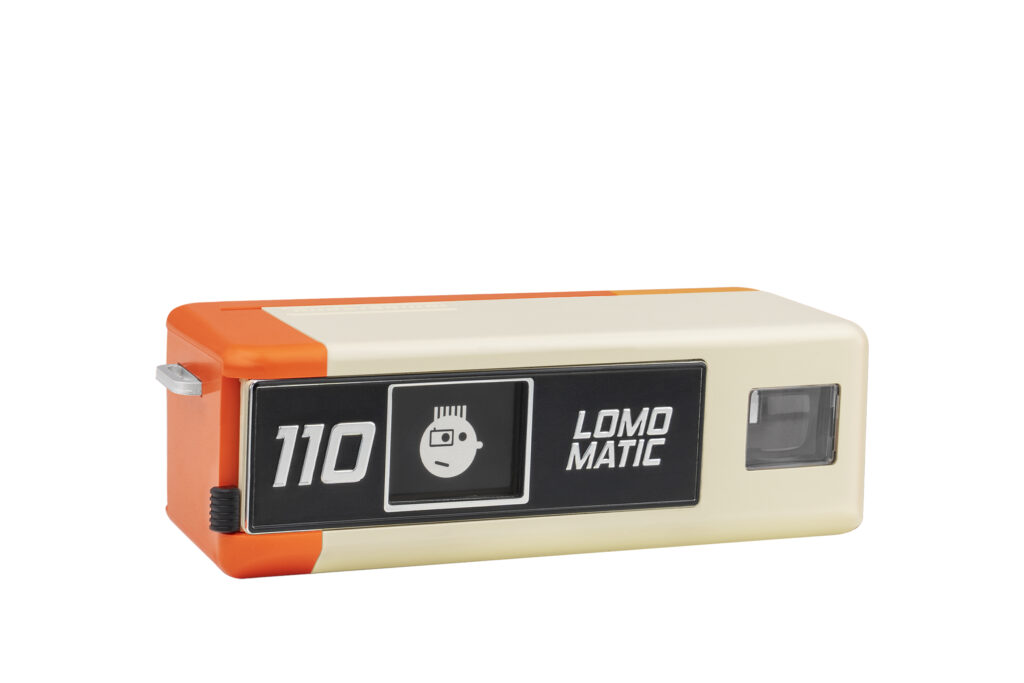 The Lomomatic 110 is a zone focus camera with distance options of 0.8m, 1.5m, 3m, or infinity. Shutter options are auto or bulb. Apertures can be set at F5.6 (day mode) or F2.8 (night mode). ISO can be set at either 100, 200, or 400. Multiple exposures are possible and the camera takes one CR2 battery. There is no tripod mount or cable release socket. The camera comes with a flash shaped like a cube that fits flush with the camera and has day or night settings.
The Lomomatic 110 is a zone focus camera with distance options of 0.8m, 1.5m, 3m, or infinity. Shutter options are auto or bulb. Apertures can be set at F5.6 (day mode) or F2.8 (night mode). ISO can be set at either 100, 200, or 400. Multiple exposures are possible and the camera takes one CR2 battery. There is no tripod mount or cable release socket. The camera comes with a flash shaped like a cube that fits flush with the camera and has day or night settings.
I love the design of this camera. The size is perfect to slip into pockets, bags, etc. It’s super light so you would hardly notice the added weight anywhere. When the camera is closed, the lens is protected and there’s no fumbling with a lens cap. It’s sleek and minimal, two things I appreciate in product design. The silver version feels nice in terms of quality. The shutter button is flimsy but the rest of the camera is lush. When taking a picture, there isn’t a lot of feedback from the shutter. For a few frames, I wondered if the camera had taken a shot or not.
A Beautiful Minitar CX 23mm F2.8 Lens
The Lomomatic has a Minitar CX 23mm F2.8 multi-coated lens. If the Minitar name sounds familiar to you, well, that’s the same name as the lenses in the LC-A series but also in the Minitar-1 32mm F2.8 lens Lomography made for M-mount cameras. If you want to learn more about the history of the Minitar lens, which originated in St. Petersburg, Russia in 1982, head over to this blog page written by Lomography.
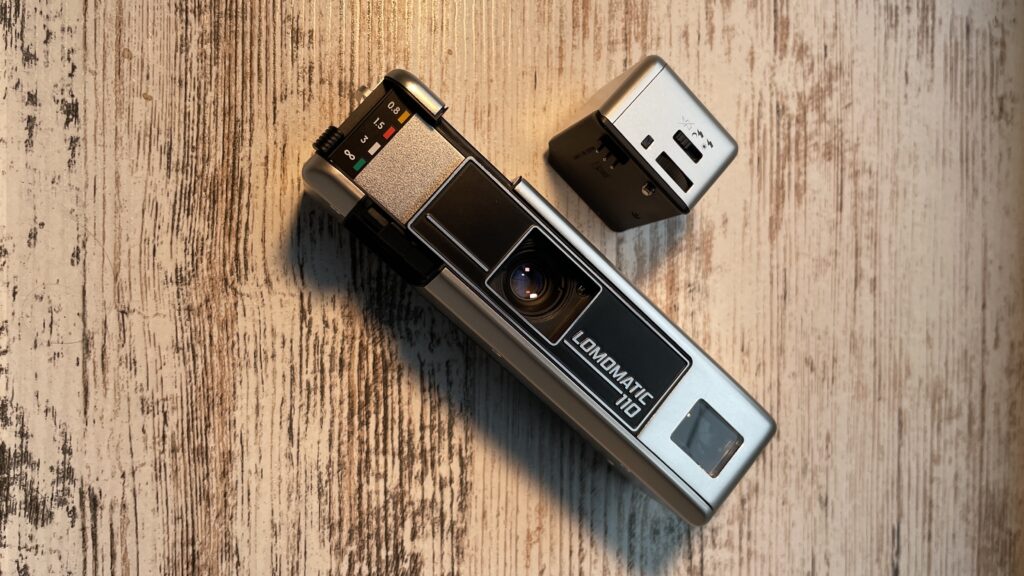
Having a look at the images back from my first test roll, the lens is beautiful. It’s sharp for a 110 camera lens and has a delightful character to it. On several of my images though, it’s clear to see a slight blurring to one side of the lens. We are shooting 110 film so it doesn’t feel right to get too picky about lens sharpness, but it would be nice if the images were sharper closer to the edges. This is a very Lomography style though!
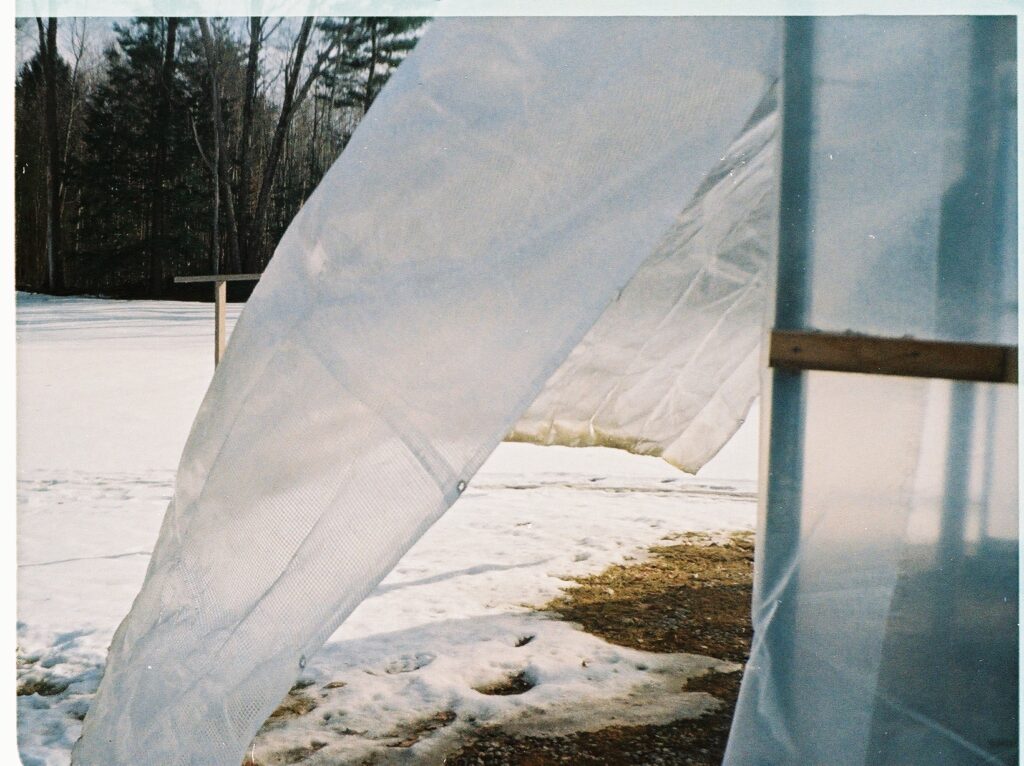
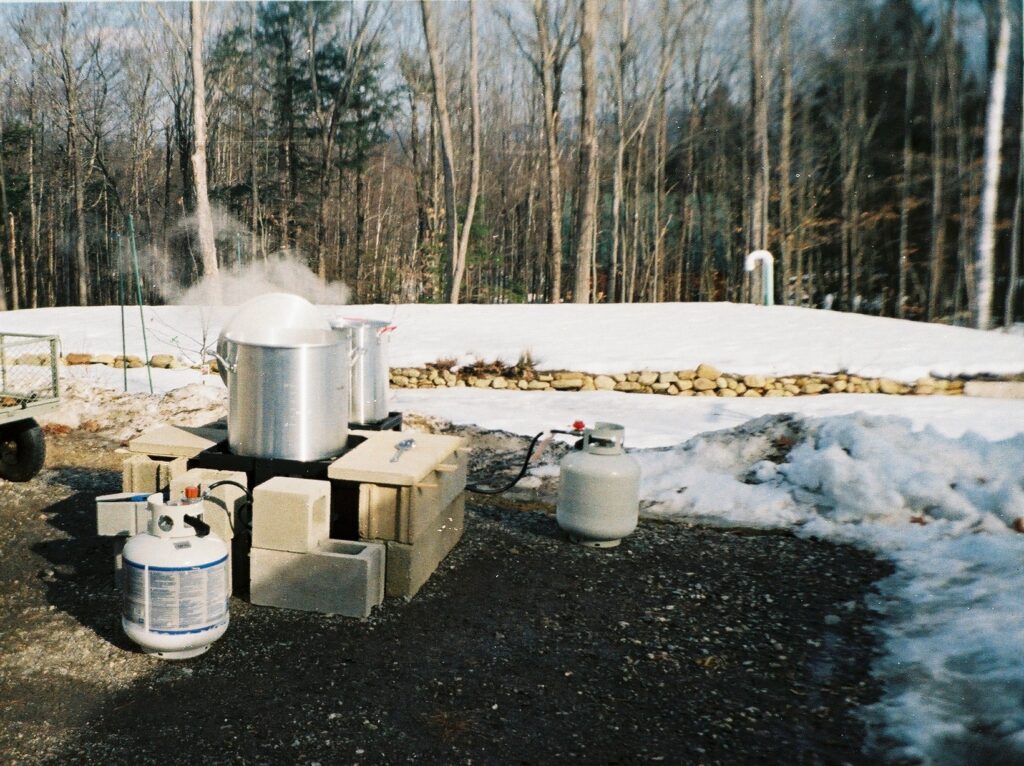
Multiple Exposures
Like many of Lomography’s cameras, the Lomomatic can layer multiple exposures on one frame. Creative photography is a cornerstone of Lomography’s ethos so multiple exposure mode and Lomography is like a nice cup of Yorkshire tea and biscoff biscuits. On the Lomomatic, there is a slider labelled MX which can be engaged after each shot (before winding on) to put the camera back into shooting mode for another shot. There doesn’t seem to be a limit to the number of times the MX slider can be engaged.
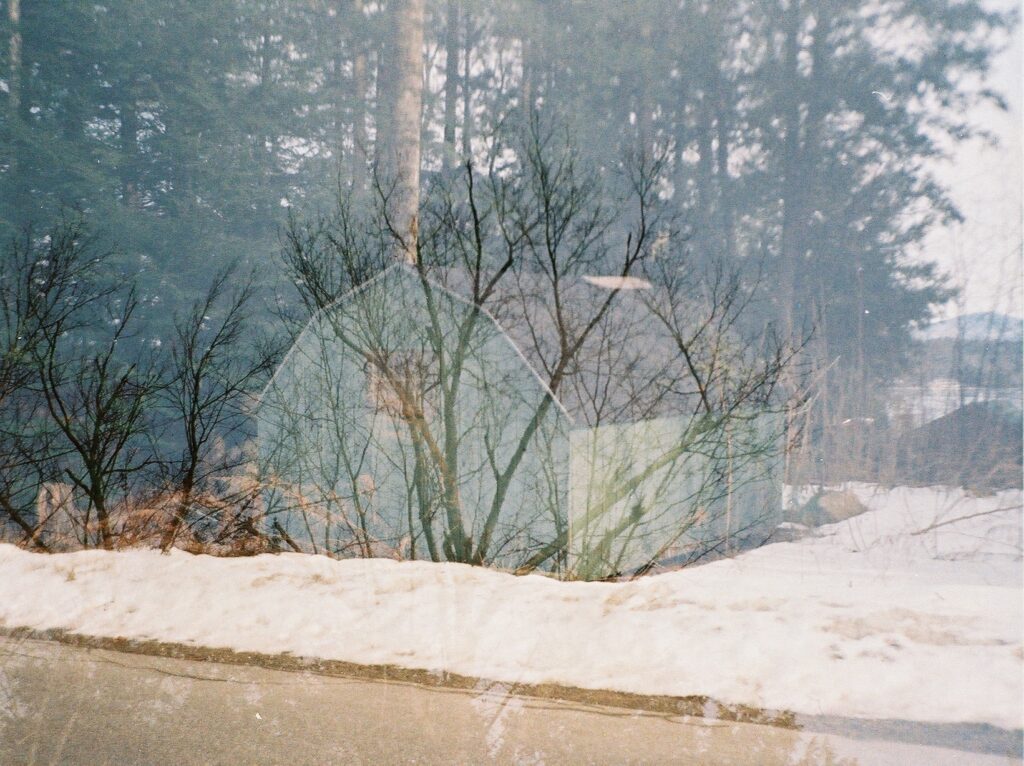
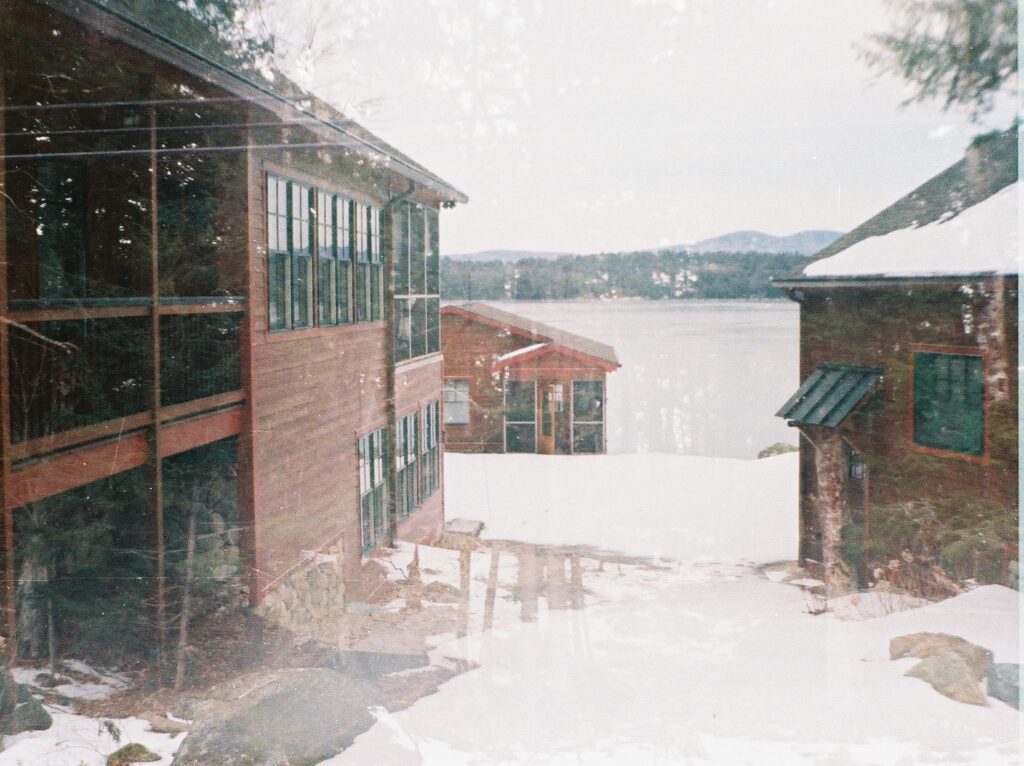
Detachable Flash
There is a small flash for the Lomomatic that can be removed from the camera with a dial screw. When attached to the camera and turned on, the flash has two settings. One that looks to be a ‘day’ setting and one for ‘night’. Compared to the other flash Lomography makes for their cameras, I appreciate this one is small and fits flush with the body of the camera.
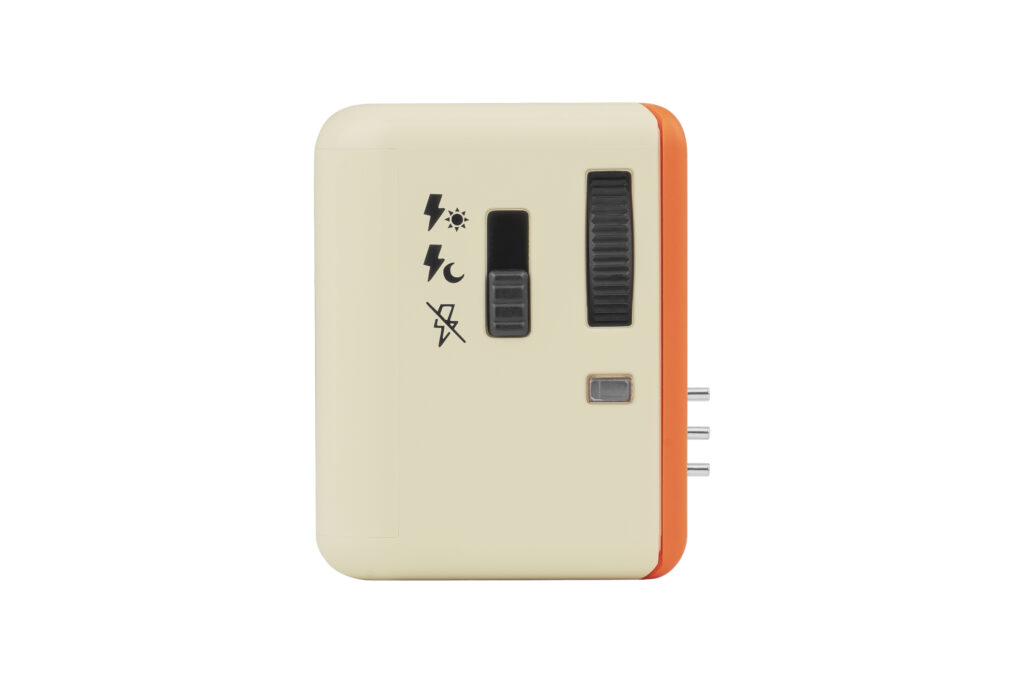
ISO Selections and Bulb Mode
The Lomomatic has ISO settings! There are three choices, ISO 100, 200 or 400. 110 film only comes in these three ISOs so it makes sense why the camera only has these options. However, this does limit the amount of manual pushing/pulling or over/under-exposing of the film that can be done. The overall concept of this camera doesn’t lend itself to that too well though since there aren’t many other manual control settings.
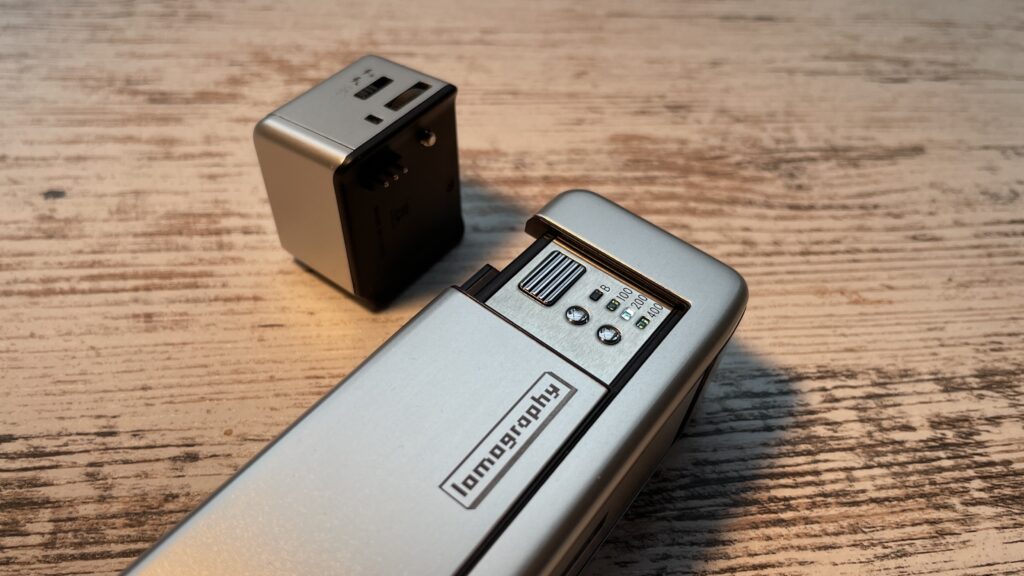
There is a Bulb mode on this camera, right next to the ISO settings. Yet, there is no tripod mount and no place to attach a cable release or a self-timer. Bulb mode can still be used, however, images may be blurry due to the lack of features to help keep the camera steady during longer exposures.
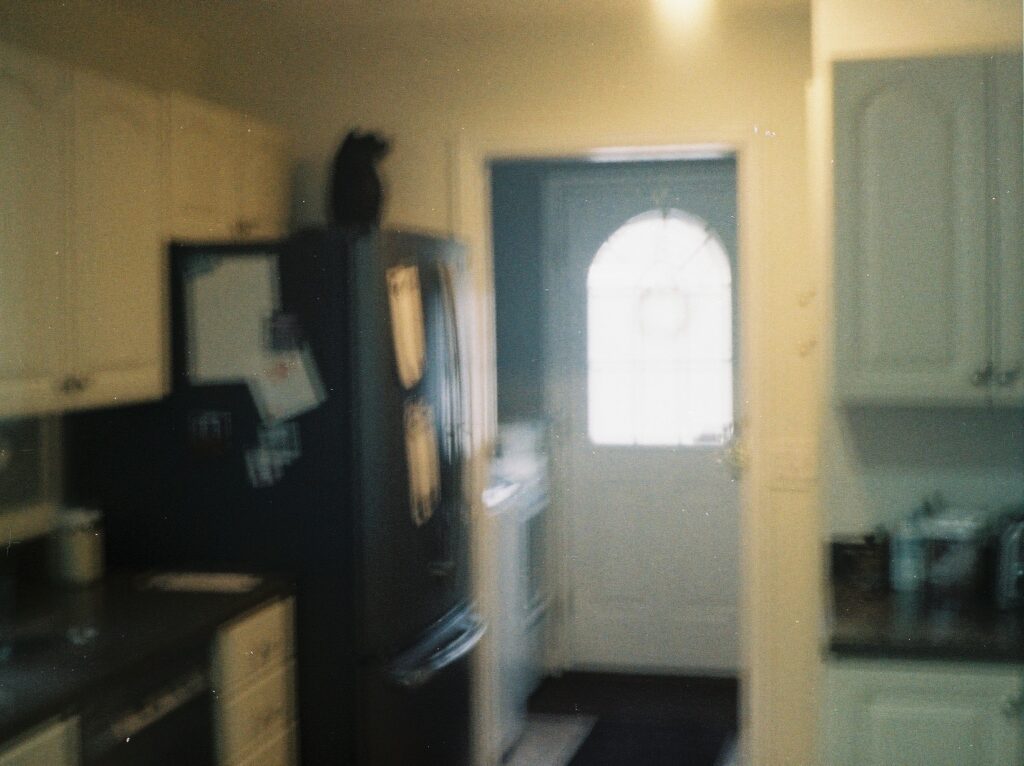
Additionally, Lomography recommends waiting 5-10 seconds in between longer exposures so that the shutter electromagnet has a chance to cool down. This will prevent overheating and potential damage.
The Cost of 110
The Lomography Golden Gate edition without flash is priced at $99. With flash, it’s $119. The more expensive metal silver edition costs $159 with flash. Each person will conclude whether this is a reasonable price for them. Now, 110 film processing is expensive at the moment for me, which is something that would be taken into account when thinking of buying this camera. It depends on where you are located, but not all labs offer 110 film processing and the ones that do might not be able to offer it at the same price as C41 given its uncommon nature.
At Old School Photo Lab aka Photosmith in Dover, NH where I had my roll processed for this review, it costs $27 for a dev and scan on colour film. For black and white, it’s $28. This is high in comparison to 35mm film processing, usually around $10-$20 USD depending on what lab you use.
I researched as many film labs as I could find in the US and UK that would process 110 film. There seemed to be more in the UK and they also had more affordable processing prices as well. I didn’t find many labs in the US that were processing 110 film and the ones that did were relatively expensive to me.
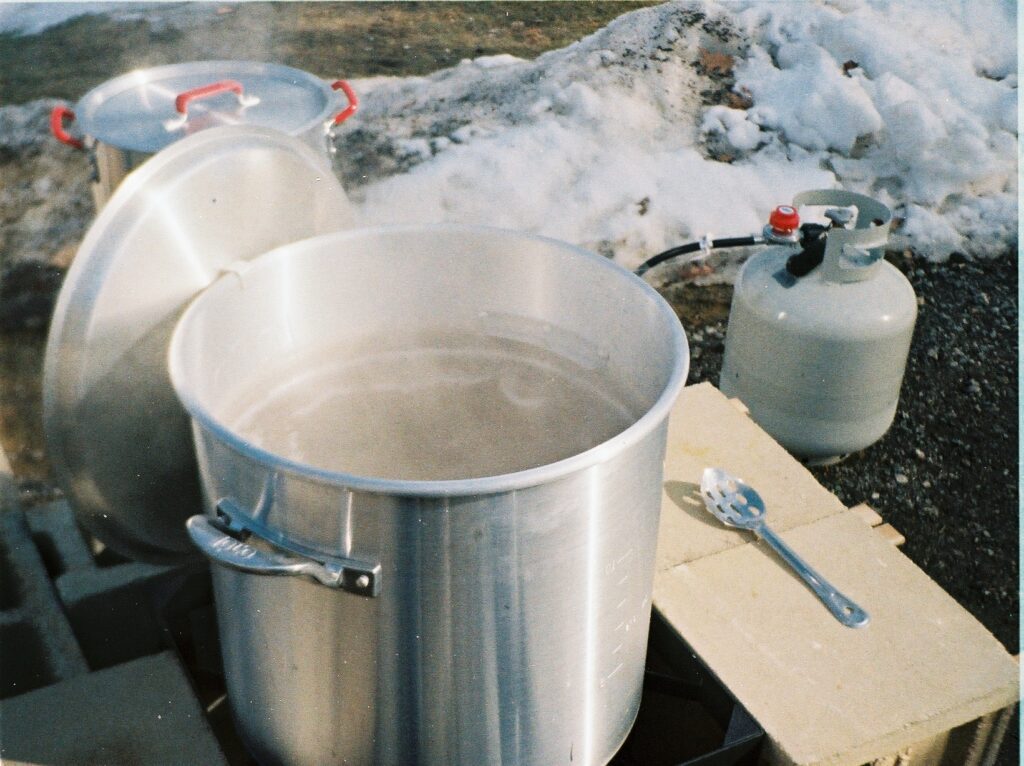
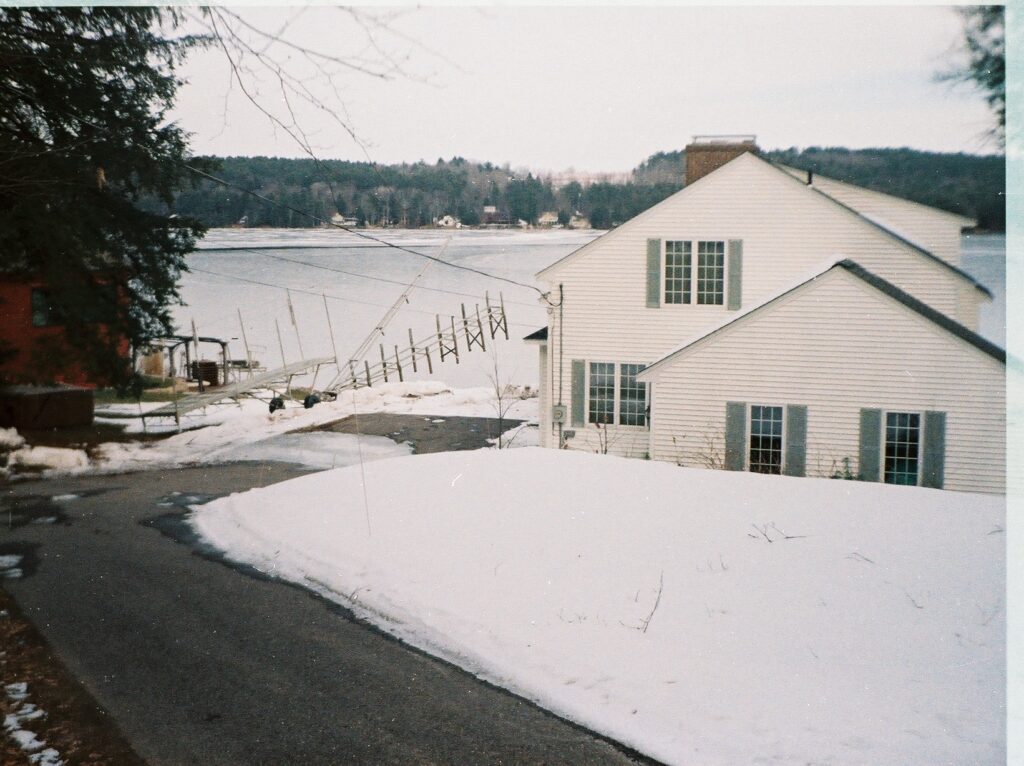
Because of this, I started looking for the reels to be able to process 110 film myself at home. I’m comfortable processing both colour and black and white film at home so I figured this would be a good solution for me to shoot 110 film cheaper. I don’t have the budget for $25-$30 per roll! Yet, it was hard to find 110 film reels for developing tanks. The one I came across in my search from Jobo was priced around $42-$60 USD. I don’t have a Jobo tank so this would be quite the investment to shoot 110 film. The one I did find was in stock at CatLabs here.
All that to say, I love the concept of the Lomomatic and 110 film, however I struggle with the cost of processing it. Perhaps now and then, shooting 110 film is a lot of fun, but regularly, the expense can add up depending on where you are in the world and what is available to you in terms of labs or home developing equipment.
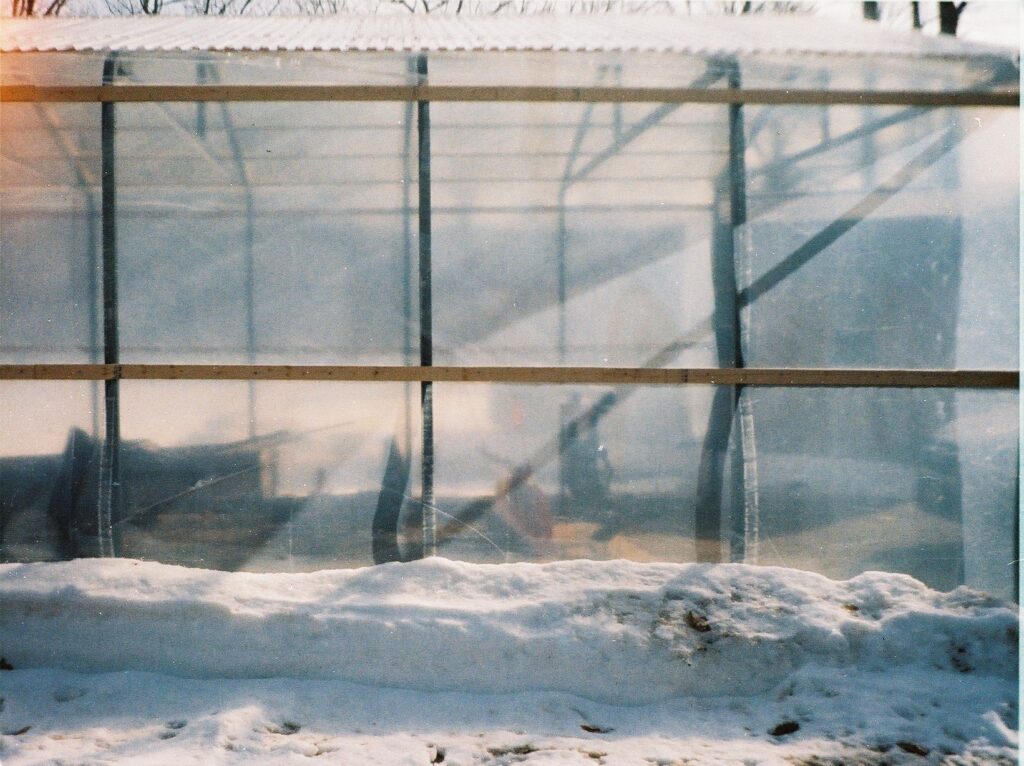
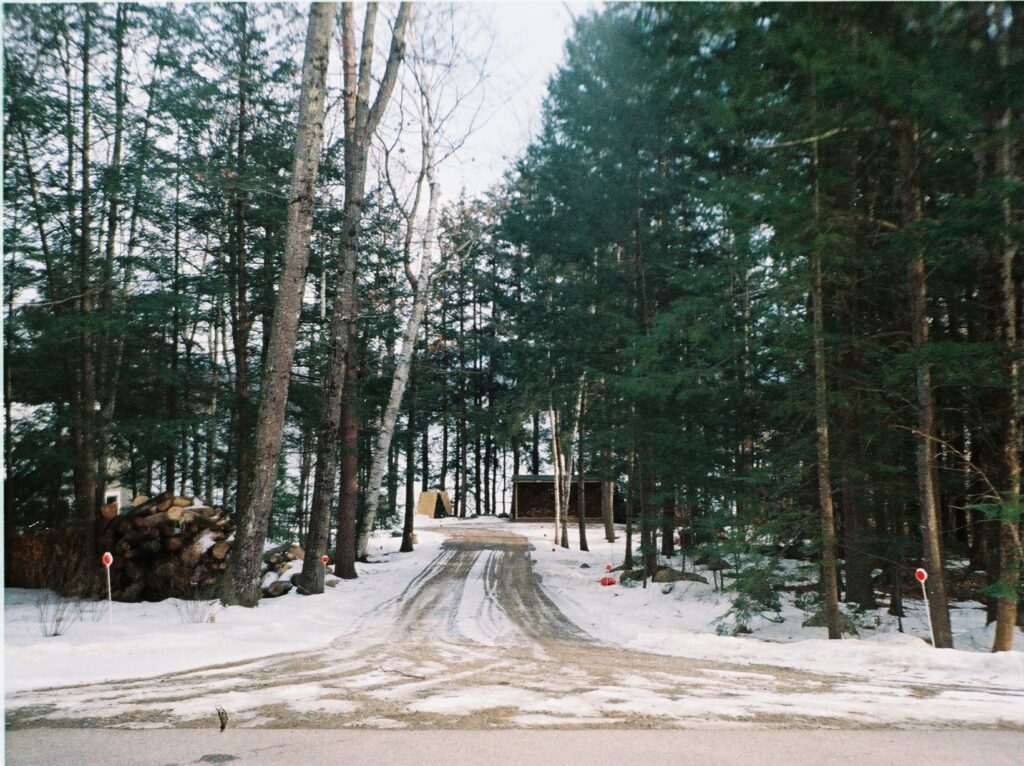
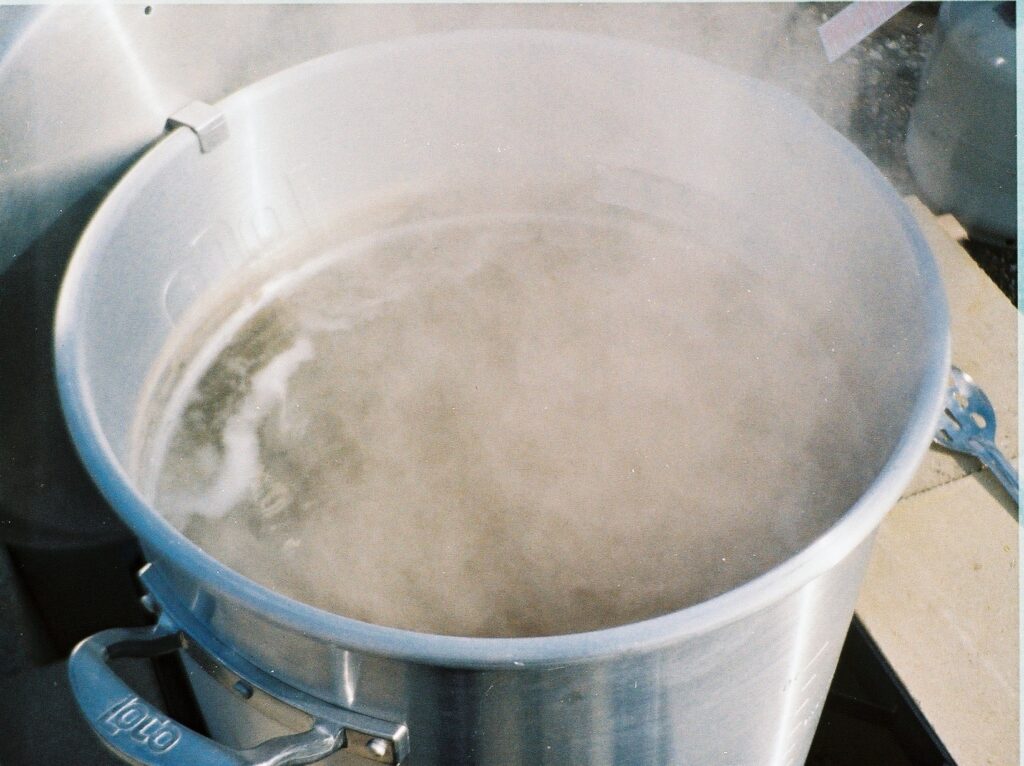
Ending Thoughts
The Lomomatic 110 is a super fun camera and 110 is a delightful format! If you have the resources available that make it relatively affordable, it’s worth checking out and getting into if you aren’t already. Portability is the main draw of this camera and format making it a great option for travel or for folks that like a lightweight setup. I always enjoy a new Lomography camera release because it’s geared towards getting creative and having fun and this one is no different.
Find more information on the Lomomatic 110 on Lomography’s website here!
Share this post:
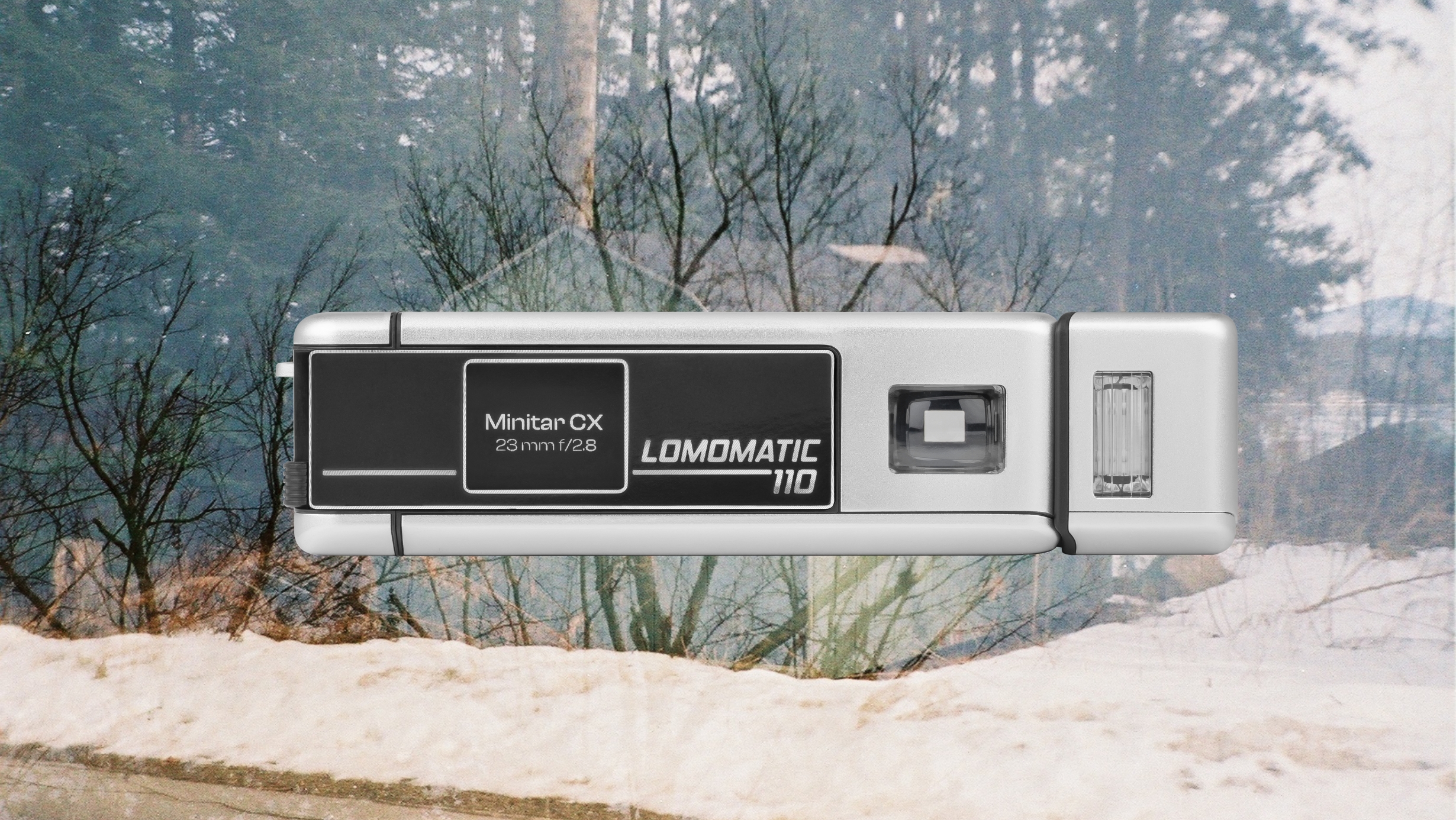
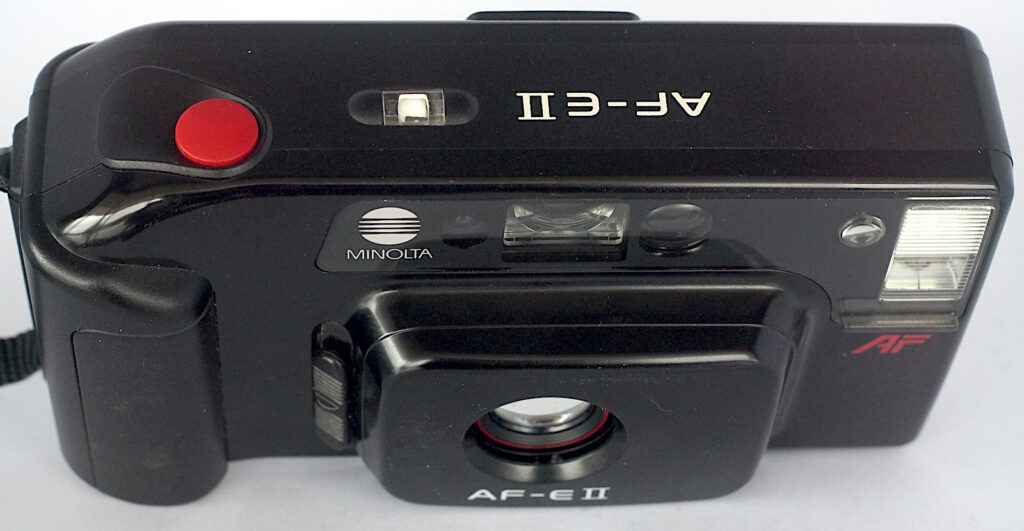
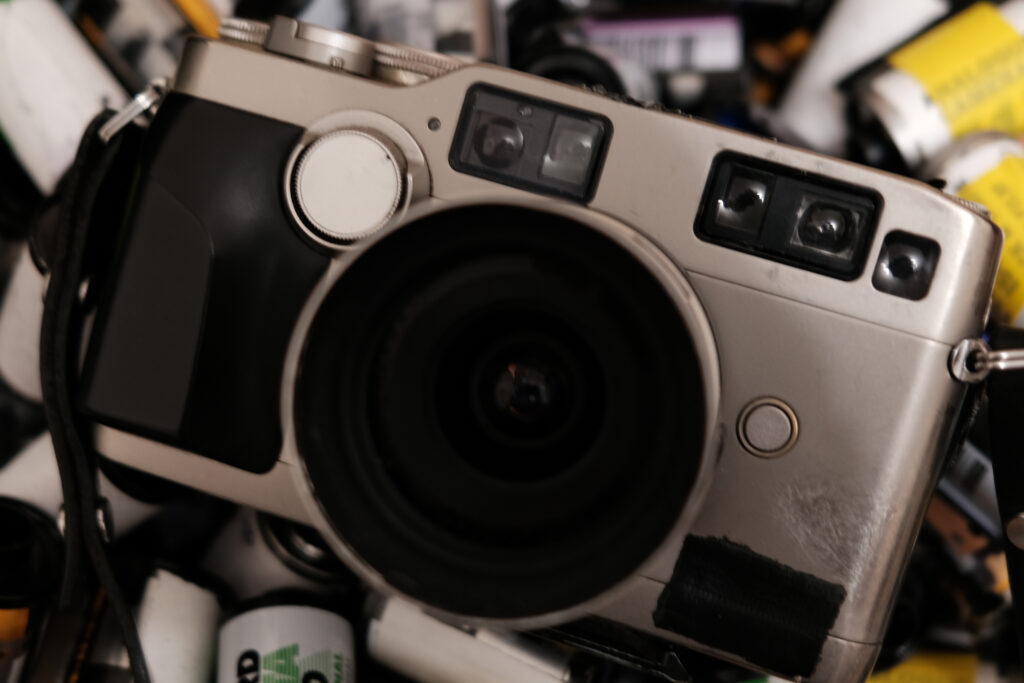
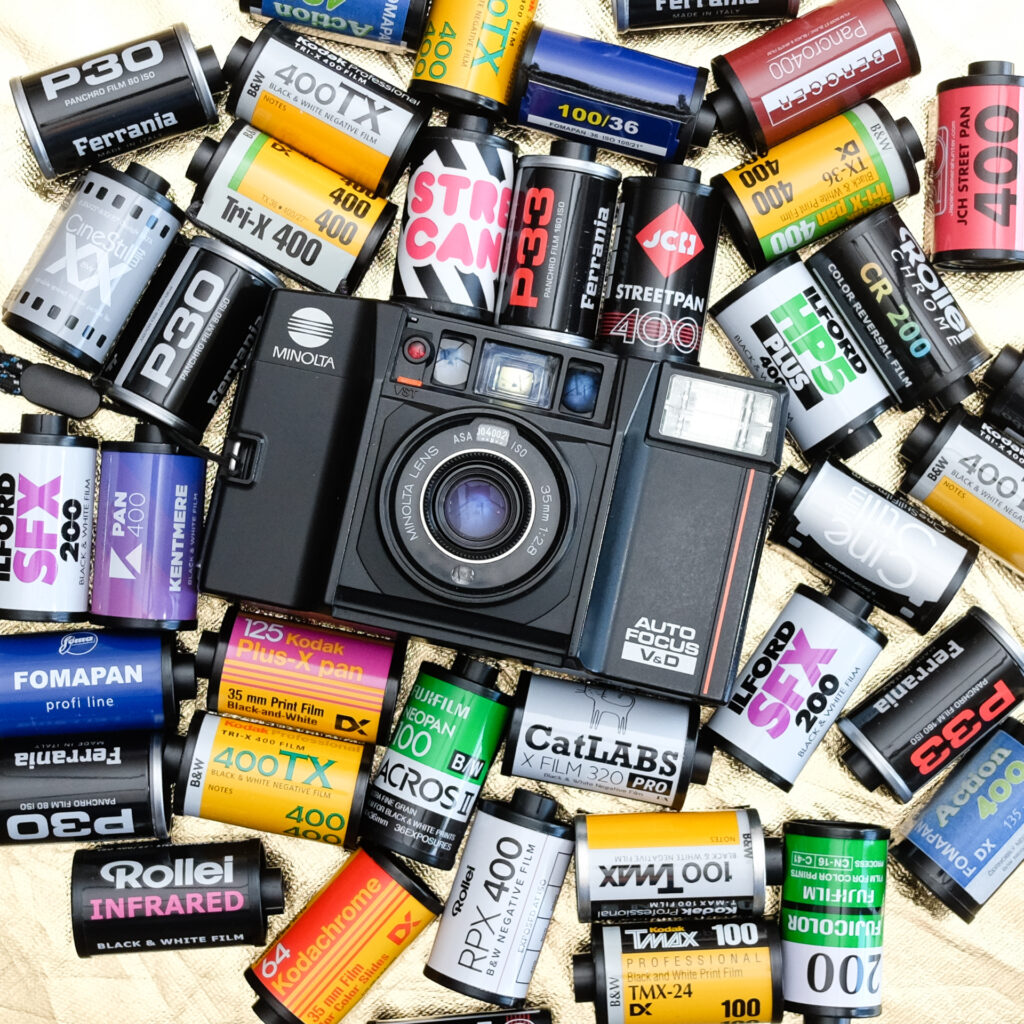
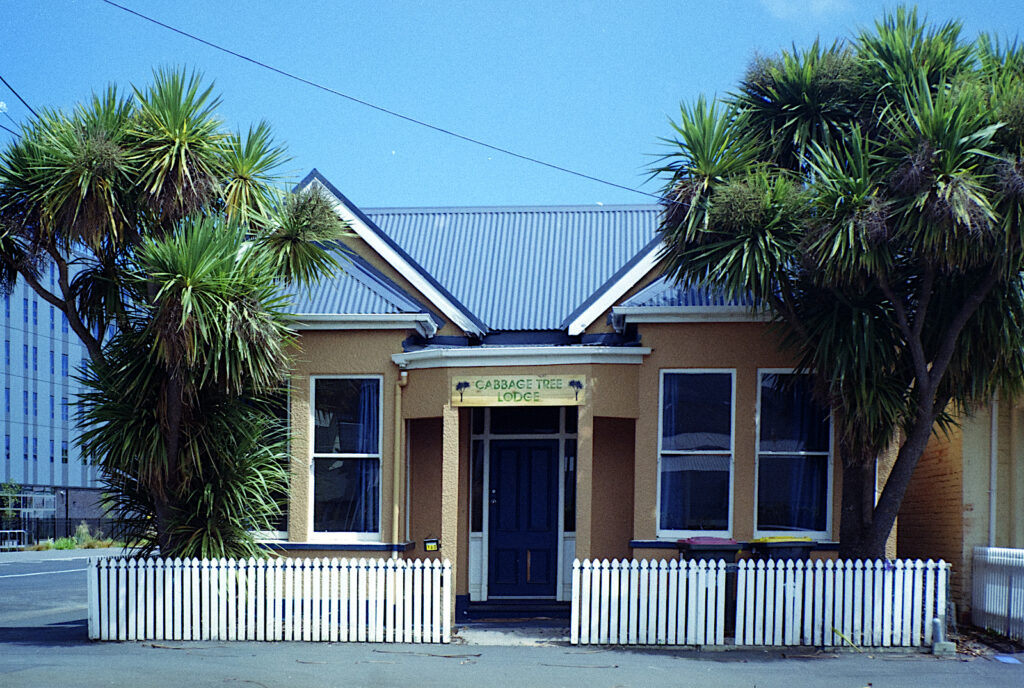




Comments
Bob Janes on Lomomatic 110 Camera Review: Lomography’s New Tiny Format Treat
Comment posted: 26/04/2024
I understand that 'Yankee Clipper' developing tanks will take 16mm/110 film and are available in the US (but not in the UK unfortunately..)
Loris Viotto on Lomomatic 110 Camera Review: Lomography’s New Tiny Format Treat
Comment posted: 26/04/2024
James Hynes on Lomomatic 110 Camera Review: Lomography’s New Tiny Format Treat
Comment posted: 26/04/2024
I'd have to agree about the price of the camera and the processing costs being a bit on the "high" side. I have two old 110s, a Hanimex 110TF, and the somewhat iconic AGFA Agfamatic 2000. So I wouldn't necessarily need another 110. In addition - and fortunately for me - Neat Film Lab here in Calgary develops 100 C-41 for CDN$18.00 (scans are another CD$15.00). I would like to try the Lomo film, though. And, I intend to.
Gary Smith on Lomomatic 110 Camera Review: Lomography’s New Tiny Format Treat
Comment posted: 26/04/2024
amigo toro on Lomomatic 110 Camera Review: Lomography’s New Tiny Format Treat
Comment posted: 26/04/2024
Joshua on Lomomatic 110 Camera Review: Lomography’s New Tiny Format Treat
Comment posted: 27/04/2024
Jens Kotlenga on Lomomatic 110 Camera Review: Lomography’s New Tiny Format Treat
Comment posted: 27/04/2024
For those of your readers who also enjoy watching a video-review once in a while, here is a review that I enjoyed watching. Perhaps not so much because I was interested in the camera, but simply because the reviewer has a very interesting and at times inspiring attitude towards photography as a whole. Enjoy at:
https://www.youtube.com/watch?v=BG6iBGmtcZ4
Graham Orbell on Lomomatic 110 Camera Review: Lomography’s New Tiny Format Treat
Comment posted: 29/04/2024
Huss on Lomomatic 110 Camera Review: Lomography’s New Tiny Format Treat
Comment posted: 02/05/2024
The smearing right side that you see on the Lomomatic is typical of the Lomo Minitar type lenses. Both my Minitar 32mm 2.8 M mount lenses so that. The first one (since sold) did it really badly on one side for about 1/4-1/3 of the image which suggests the lens was badly decentered. The one I have now does it evenly on both sides - which I quite enjoy as it gives it that Lomo 'look'.
I have been tempted by this new Lomomatic, but have put that on pause as I've heard quite a few reviewers/owners mention film advance issues, and shutter issues where occasionally there were blank frames.
Scott Gitlin on Lomomatic 110 Camera Review: Lomography’s New Tiny Format Treat
Comment posted: 05/05/2024